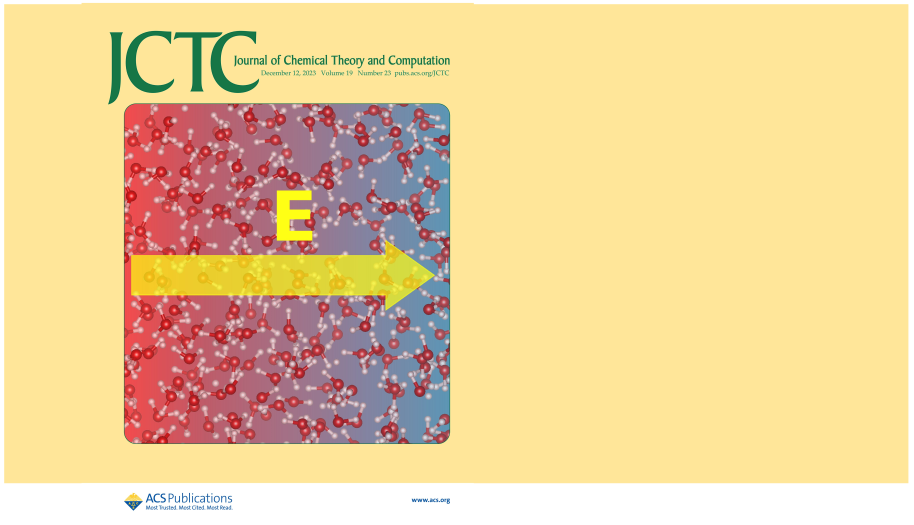Computing the Seebeck coefficient in liquid SPC/E water by combining equilibrium molecular dynamics and Bayesian inference methods
A team of researchers treat thermo-polarization effects in insulating fluids with standard equilibrium thermodynamics and propose a protocol to compute the Seebeck coefficient and estimate the resulting statistical accuracy.

When a temperature gradient is applied to a system under open-circuit conditions (i.e., when no electric current flows), an electromotive force is generated, inducing an electric current in conductors and a macroscopic polarization in insulators. The ratio between the electromotive force and the temperature difference is called the Seebeck coefficient.
Often computed using non-equilibrium molecular dynamics, the Seebeck coefficient is an indicator of the performance of the thermoelectric material and a key parameter in the evaluation of the generated thermoelectric power.
In their latest study, researchers from SISSA and CNR-IOM DEMOCRITOS characterize thermo-polarization effects in liquid water using standard equilibrium thermodynamics. In particular, they express the Seebeck coefficient as the long-wavelength limit of the heat-density/charge-density equal−time correlation function.
Supported by the European Commission through the MAX Centre of Excellence for supercomputing applications, the Italian MUR (through the PRIN project FERMAT), and the Italian National Centre for HPC, Big Data, and Quantum Computing (ICSC), the study proposes a protocol based on a combination of equilibrium molecular dynamics and Bayesian inference methods along with an estimate of the statistical accuracy of the procedure.
Key outputs of the study:
- Thermo-polarization can be treated as a (quasi-) equilibrium phenomenon, as the time scale of the dielectric relaxation responsible for the polarization of the medium is much faster than the hydrodynamic time scale characteristic of thermalization.
- Where the long-wavelength limit of any function (e.g., a response function) cannot be evaluated directly as the expectation value of a periodic observable or correlation function but can only be extrapolated from the values that the function acquires at finite and discrete wavevectors, an elementary Bayesian inference method can be used.
- The methodology is applied to liquid SPC/E water in a wide range of temperatures and pressures. The results are in good agreement with previous theoretical estimates obtained using non-equilibrium molecular dynamics.
- Although the thermo-polarization effects discussed in the paper are tiny, they may become relevant in the presence of large temperature gradients, particularly if complex polar molecules enhance the electric susceptibility of the fluid.
The coupling between temperature and electric fields is of great relevance in physics and materials science. The results of this study also bring potential implications in the life sciences, where interest in thermo-electric phenomena within living cells has been rising.
___________________________________________________________________
About MAX
MAX enables materials modelling, simulations, discovery, and design at the frontiers of current and future High-Performance Computing (HPC), High Throughput Computing (HTC), and data analytics technologies. MAX is proud to contribute to the long-term EuroHPC strategy, bringing the most successful and widely used open-source codes in quantum simulations of materials towards exascale and extreme scaling performance.



